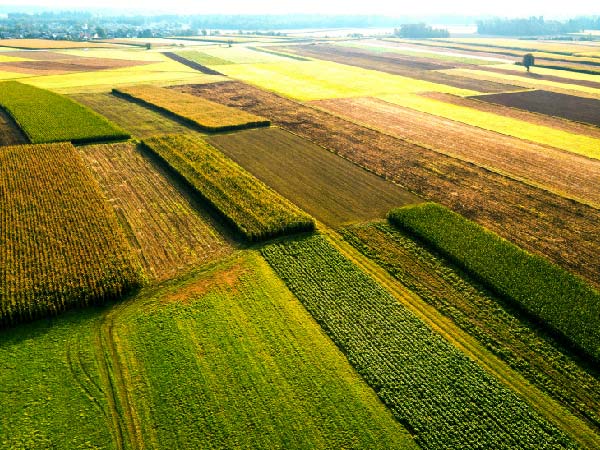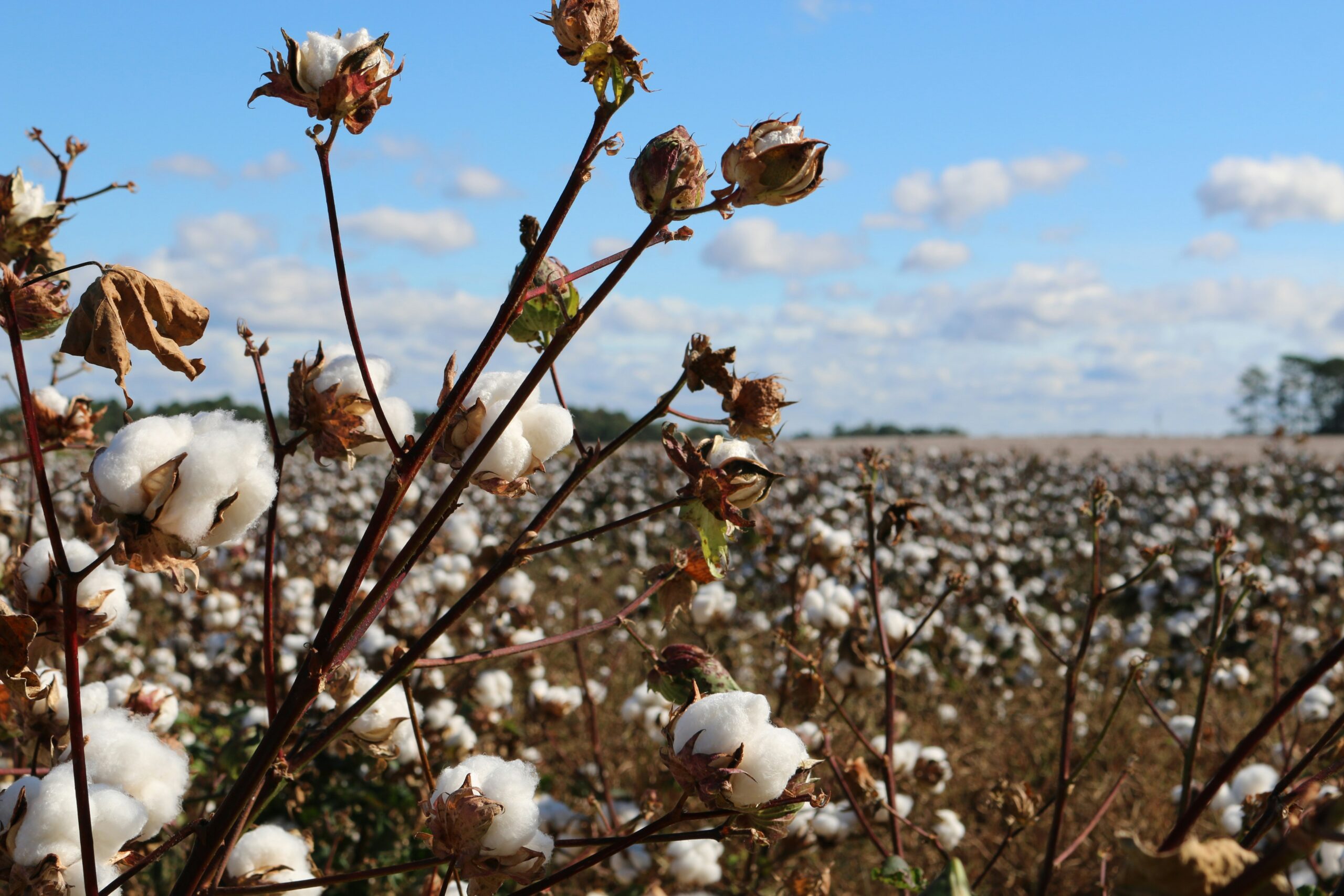At Gen10, we don’t like talking about “ags and softs CTRM” as one category that can be thrown together and treated as if these different commodities all had the same physical characteristics and solution requirements. Our experience of working with clients across a range of different agricultural commodities has shown that they need a CTRM solution to provide slightly different functionality for each commodity, whether that’s managing bales or tanks, unique quality metrics, or any one of the many other nuances out there.
This is why we ensure our comprehensive commodity management platform has the flexibility to fully support each unique agricultural commodity. Gen10’s CommOS has the functionality to manage cotton, coffee, cocoa, sugar, dairy, oilseeds, corn and more – all within the one system. And because of its flexible cloud-based architecture, each organisation’s CTRM includes only the options and menus that their people actually need, customised to their own processes.
What does this multi-commodity CTRM look like?
We start with the core building blocks that all commodity management solutions share, and the modules we have refined over years of working across commodities, before configuring the nuances to the business. Our Formula Engine makes this configuration possible.
The Formula Engine automatically calculates pricing and valuations for documents and reports based on each contract’s data, updating as quality metrics change, such as after inspections. Each organisation can add and edit their own unique formulae and premiums/discounts, with any tiered premiums, FX and interest calculations too.
The quality metrics are also highly configurable and vary by commodity; cotton traders need to record crop year, staple, colour grade, moisture content and more, cocoa traders need to manage cocoa content and nib yield, and each other commodity has its own variations, without needing all these metrics.
Quality metrics and valuations may also need to be applied differently; to bales, shipments, tanks or silos. Each organisation’s instance of CommOS includes only the relevant packaging requirements, and can assign quality metrics at various levels as needed. Quality, valuations and pricing are therefore automated in a unique and convenient manner for each business, whilst maintaining the benefits of using one underlying system.
Commodity management beyond CTRM
The other major engine within CommOS is the Workflow Engine. Like the Pricing Engine, this is an incredibly flexible system for automating processes that we configure for each client. The workflows provide structure to dynamic operating procedures and automate many of the time-consuming administrative tasks of commodity trading.
Workflows can, for example, progress new contracts to the relevant people for approval and then straight on to the relevant operator for processing, can ensure inspections are scheduled and recorded at the appropriate times and can create and send documents to external partners.
This transparent data sharing can have a range of benefits, from auto-completing a Bill of Lading to integrated insurance reports and improving trade finance; both through better credit line utilisation and by easily sharing transparent live reports with trade finance providers.
Workflows minimise operational risk by ensuring actions conform to your processes, reduce administration and mistakes, and give your people the confidence to act creatively, knowing that CommOS will alert them to any risky or unauthorised actions.
The Workflow Engine also enables easier collaboration in line with your processes. As individuals progress each contract to colleagues with a click of a button, this shares all the data they need to perform their role. Individual responsibilities are clear, with team-level oversight so that information isn’t lost in inboxes and automated to-do lists ensure actions are not missed. And of course, since these roles and responsibilities vary at every organisation, let alone by commodity, they are also completely configurable to your unique way of doing things.
Global reporting
Agricultural commodities have global operations and may need to manage different locations, commodities or companies at a group level. The combination of flexible configuration on top of a single multi-commodity CTRM makes this possible too. The group gains one global overview of all positions and operations, across multiple profit centres, currencies and languages, whilst each location has a commodity management system that supports their way of working.
On top of these group-level reports, each organisation has ready access to their data in real-time, from P&L reports that update as things change throughout the day to integrations that continuously feed data into ERP and other systems.
Traceability and provenance
Traceability and sustainability are no longer the preserve of specialty coffee and cocoa shipments. They are rapidly becoming core competences of every commodity trading organisation, even outside ags and softs. The data granularity built into CommOS means that traceability is easily managed, allowing you to track sustainability and carbon metrics without creating additional workloads for staff.
CommOS allows you to match purchase and sale contracts and manage sustainability documents even when splitting or combining stock, down to the bale or micro-lot level. Update sustainability and emissions metrics as they change and automatically factor sustainability variables such as certifications or transportation options into pricing where needed.
All on a single cloud-based CTRM
The above explains how Gen10 are able to handle the nuances of all these commodities with a single modular cloud-based CTRM, but why does this matter?
As well as the single code base being the reason we can offer such commodity- and company-specific functionality, there are many other benefits too.
Using a single modular platform means that newly-developed features are applied to everyone and available to all clients as soon as they are released. So, for example, a feature that could benefit both grains and dairy can be rolled out to all these clients simultaneously and quickly. Updates are also faster as they only need to be applied once, rather than for clients individually, meaning that our developers have more time to focus on new features. And implementations for new clients are much faster as they require customisation not a completely new system.
Faster implementations and development combine with shared cloud hosting costs to make a cloud-based CTRM more cost-effective than older locally-installed systems. And maintenance work is carried out centrally by Gen10, meaning a reduced investment of your IT team’s time as well as a reduced hardware investment.
Managing multiple agricultural commodities on a single modular CTRM provides a wide range of benefits for our clients. Possibly the most significant of all is the flexibility and configurability of this model allows us to treat each client not only as a distinct commodity class with its own processes, but as a unique business. One that may be managing the same assets but still has very different operating procedures from others in its field.



